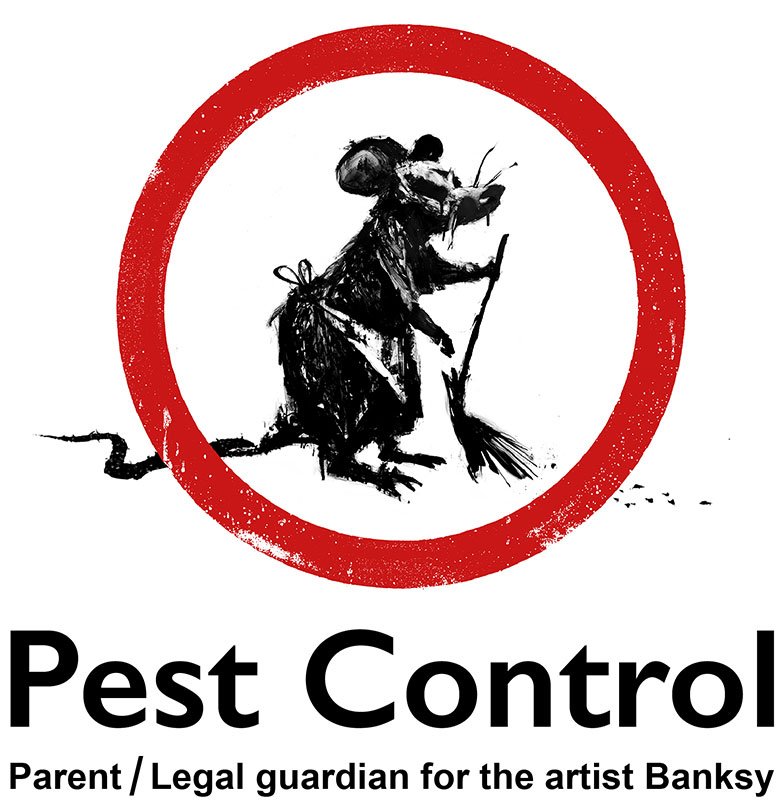A1 Charlotte Pest Control Companies - Your Local Pest Experts
Wiki Article
Bed Pest Therapy Failure: Comparing Chemical Vs. Non-Chemical Solutions
In the world of bug control, especially when dealing with the relentless problem of bed insects, the option in between chemical and non-chemical treatment options can be a pivotal one. Both strategies use distinct benefits and disadvantages, affecting elements such as performance, safety factors to consider, and total expense. By analyzing the nuanced information of each technique, a more clear understanding of which path to go after in resolving a bed insect invasion can be acquired.Effectiveness of Chemical Therapies
Chemical treatments for bed bug invasions have actually been commonly acknowledged for their potent and fast effectiveness in getting rid of these parasites. When thinking about the performance of chemical therapies, it is crucial to comprehend that they can give a extensive and quick option to a bed bug issue. Specialist pest control operators frequently depend on insecticides to target bed bugs at different phases of their life process, consisting of grownups, eggs, and nymphs. These chemicals normally function by interrupting the bed pests' nerve system, resulting in paralysis and eventual death.Additionally, chemical therapies have the advantage of using residual results, implying that they can continue to eliminate bed pests even after the initial application. This recurring activity is especially helpful in combating any kind of potential re-infestations. In addition, the rapid activity of chemical treatments can bring alleviation to individuals facing severe bed pest invasions, allowing them to regain control of their space swiftly.
Security Issues With Chemical Solutions
One essential element that needs careful consideration when using chemical remedies for bed bug therapy is ensuring the security of residents and the setting. Direct exposure to certain chemicals utilized in bed pest treatments can lead to respiratory problems, skin irritation, or other negative reactions, specifically in people with pre-existing conditions or sensitivities.In addition, the environmental impact of chemical solutions is an additional significant factor to consider. Some pesticides utilized in bed bug treatments might be unsafe to beneficial bugs, wildlife, and environments if they leach into the soil or water systems. It is vital to make use of chemical therapies judiciously, adhering to safety standards, and considering much less harmful alternatives to reduce these risks and ensure the reliable and risk-free management of bed pest invasions.
Advantages of Non-Chemical Methods
Considering the prospective safety and security issues and ecological influence connected with chemical solutions for bed insect therapy, checking out non-chemical methods offers an appealing alternative with a number of distinct advantages. Non-chemical techniques offer a more secure choice for homes, specifically those with family pets, kids, or individuals conscious harsh chemicals. These techniques remove the risks of direct exposure to hazardous compounds, lowering the possibility for adverse health and wellness results. Furthermore, non-chemical treatments are eco-friendly, as they do not contribute to air or water air pollution, making them a lasting choice for parasite control.Furthermore, non-chemical services can be effective in targeting bed bugs, including hard-to-reach locations where chemical therapies might not penetrate - A1 exterminators charlotte nc. Methods such as heat treatment, vacuuming, this page steam cleaning, and bed mattress coverings supply extensive elimination without the usage of harmful chemicals.
Limitations of Non-Chemical Treatments

In addition, non-chemical therapies frequently call for numerous applications to achieve effective obliteration. This can be taxing and might not constantly ensure complete elimination of all bed pests and their eggs, particularly in hard-to-reach or concealed areas.
Moreover, the success of non-chemical therapies heavily counts on correct execution and thoroughness, which can be testing for individuals without professional know-how. Insufficient application of non-chemical techniques may result in incomplete elimination, bring about persistent problems and the demand for additional treatments.
For that reason, while non-chemical therapies have their benefits, it is necessary to recognize these limitations and consider them when figuring out one of the from this source most efficient approach for handling bed bug problems.
Cost Comparison: Chemical Vs. Non-Chemical Options
Given the constraints related to non-chemical therapies, an important element to evaluate in the context of bed bug management is the cost contrast in between chemical and non-chemical alternatives. Chemical therapies generally involve the application of insecticides by experts, which can vary from $250 to $900 per room, depending on the severity of the invasion and the size of the area to be treated. On the other hand, non-chemical treatments like warmth treatment or vapor can be much more costly, with expenses ranging from $1,000 to $6,000 for an entire home. While the first expense of chemical therapies might seem lower, numerous therapies might be needed to completely remove the infestation, potentially boosting the overall cost. On the other hand, non-chemical alternatives might provide a much more sustainable and environmentally friendly remedy, although they can be cost-prohibitive for some individuals. Inevitably, when considering the cost of bed insect treatment options, it is necessary to evaluate the ahead of time expenses against the performance and long-term sustainability of the picked technique. pest removal companiesVerdict

Considering the possible safety and security problems and ecological effect associated with chemical services for bed pest treatment, discovering non-chemical techniques provides a promising option with numerous distinctive benefits.Provided the limitations linked with non-chemical treatments, a crucial aspect to examine in the context of bed pest management is the expense contrast in between chemical and non-chemical options. In contrast, non-chemical treatments like warmth treatment or heavy steam can be more pricey, with expenses ranging from $1,000 to $6,000 for a whole home. While the preliminary expense of chemical therapies may seem lower, several therapies may be needed to totally remove the infestation, potentially raising the general price.In final thought, when contrasting chemical and non-chemical bed pest therapy choices, it is important to think about efficiency, safety and security, advantages, constraints, and cost.
Report this wiki page